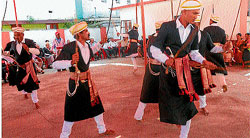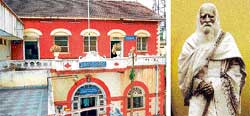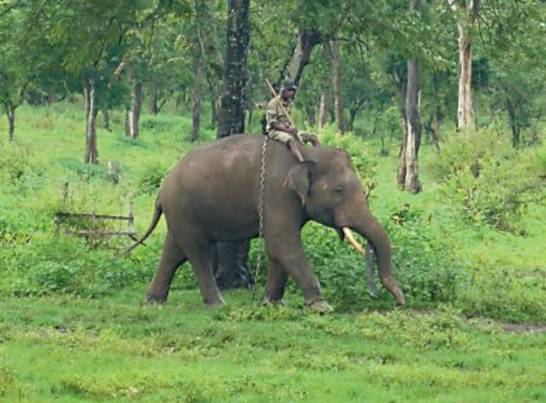Situated in Karnataka, the southern state of India amidst the massive Western Ghats of the Sahyadri Mountains is a picturesque region of Kodagu (Coorg is the angelical term for Kodagu). Coorg is famously known for its scenic marvel, especially since it’s a calm hilly region with the hues of green caused because of the vast stretches of trees and forest. The Kaveri River that flows through this district also adds more beauty to this place.
Coffee and Coorg
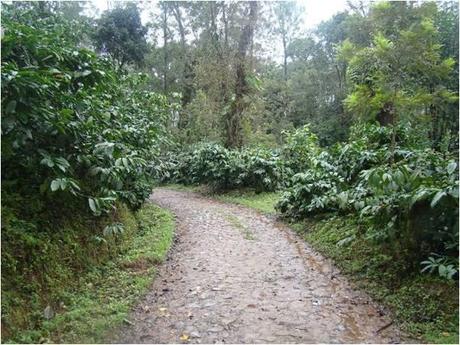 The district of Coorg is one of the largest and the first Coffee producing districts in India and the Coffee from Coorg is suppose to be one of the richest in the world. Coffeea robusta is a commonly found variety of Coffee in Coorg. One of the other varieties of Coffee produced in this region is Coffeea Arabica. The Coffee plantations also cultivate crops like vanilla, black pepper, and Cardamom.
The district of Coorg is one of the largest and the first Coffee producing districts in India and the Coffee from Coorg is suppose to be one of the richest in the world. Coffeea robusta is a commonly found variety of Coffee in Coorg. One of the other varieties of Coffee produced in this region is Coffeea Arabica. The Coffee plantations also cultivate crops like vanilla, black pepper, and Cardamom.
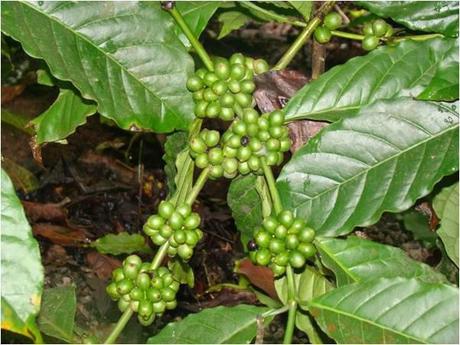 The vast natural forests are a great source of forest reserve and thus making Coorg an apt region for cultivation of variety of crops.
The vast natural forests are a great source of forest reserve and thus making Coorg an apt region for cultivation of variety of crops.
Flora and Fauna
Coorg is gifted with a rich variety of flora and fauna. The three wildlife sanctuaries Brahmagiri Wildlife Sanctuary, Pushpagiri Wildlife Sanctuary,Talakaveri Wildlife Sanctuary, and one national park Nagarahole National Park have several species of animal like leopard, tigers, Asian Elephants, boars and deer.
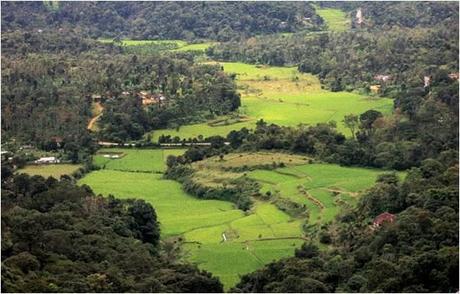 The flora of the jungle is like none another, with trees like the thickly wooded bamboo, Iron wood, Indian Mahogany, Sandal wood, Ebony and much more the forests of Coorg are generously gifted.
The flora of the jungle is like none another, with trees like the thickly wooded bamboo, Iron wood, Indian Mahogany, Sandal wood, Ebony and much more the forests of Coorg are generously gifted.
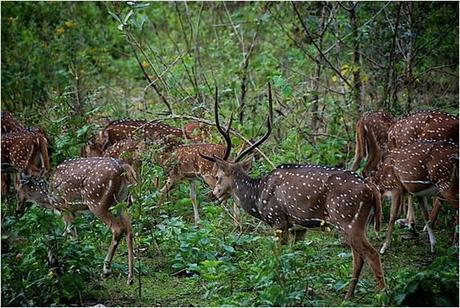 If luck favours you while driving through Nagarhole National Park you may sometime get to see wildlife like Chitals, Elephants, Bisons and Sambar.
If luck favours you while driving through Nagarhole National Park you may sometime get to see wildlife like Chitals, Elephants, Bisons and Sambar.
Cultures and Traditions of the Coorgi’s
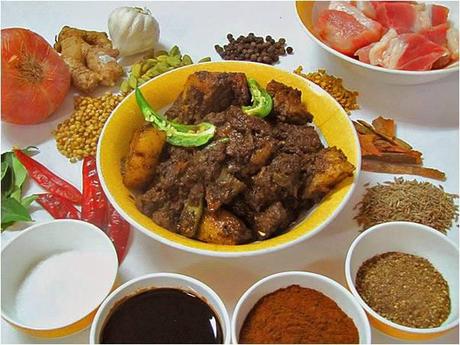 The people of Coorg have a distinctive culture much different from that of people from other parts of India. Known much for their hospitality and their love for weapons the people of Coorg are very welcoming and would be more than happy to have you around. If you are fortunate you could savour the famous delicacy of Coorg, Pork cooked in vinegar that has been extracted from wild berries.
The people of Coorg have a distinctive culture much different from that of people from other parts of India. Known much for their hospitality and their love for weapons the people of Coorg are very welcoming and would be more than happy to have you around. If you are fortunate you could savour the famous delicacy of Coorg, Pork cooked in vinegar that has been extracted from wild berries.
The people of Coorg worship nature and their ancestors. They have high regards for the holy River Kaveri and consider it to be their mother and their provider.
A mother is also held at the highest regards in the Coorg community. A mothers blessing is considered of utmost importance and unlike other Hindu communities widows in the Coorg community can still participate in joyous events.
Coorgi’s also have a very distinctive way of dressing up. Men dress up in coats that hang down to their knees, paired with a turban or a white and red checked scarf. The saree that is worn by the women of Coorg is tucked in the back unlike the typical Indian way of tucking the pleats in the front.
Best place to Stay
If you are looking to enjoy the true beauty of coorg and to experience their culture first hand what better way than to opt to stay in a Homestay. Not only is Homestay one of the most economical way option of staying in Coorg it also comes with many added benefits. We offer you a variety of Homestay options in Coorg.
 One of the best place to stay in Coorg is Eco Habitat, situated very close to river Kaveri. It’s a beautiful coconut farm intercropped with Vanilla & Cardamom. There is small dairy farm in Eco Habitat which takes care of all the dairy needs as well as bio gas for the kitchen.
One of the best place to stay in Coorg is Eco Habitat, situated very close to river Kaveri. It’s a beautiful coconut farm intercropped with Vanilla & Cardamom. There is small dairy farm in Eco Habitat which takes care of all the dairy needs as well as bio gas for the kitchen.
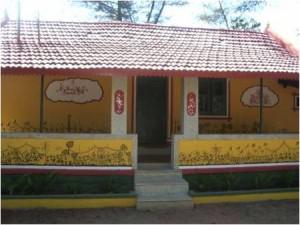
The Ahana Group stay In Coorg is a one of kind Estate stay amidst one of the numerous Coffee plantations in Coorg.
The Birds of Paradise is another Homestay option you cannot overlook. This seven acre estate will entice you with its scenic beauty and the gushing sound of Kaveri River that passes right through it With nothing but nature all around you this is a great place to unwind.
What To Do
Whether you are alone or with your friends, driving to the Raja Seat is one of the most relaxing and picturesque experience. The valley could be rebuffed with fog thus blocking your view in the winters but the distant mountains and the drizzle of the cold morning could be soothing and elating.
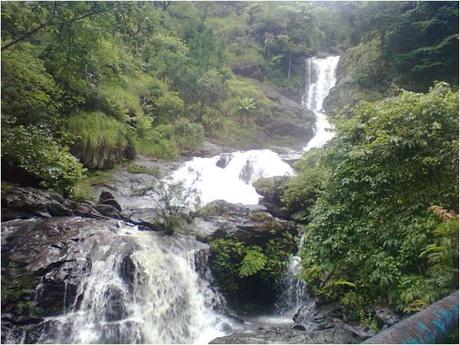
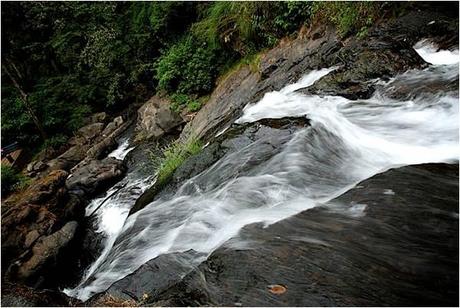 Irpu is a beautiful waterfall which makes it way from the Brahmagiri hills which is also the place where the Laxamana Teertha River originates.
Irpu is a beautiful waterfall which makes it way from the Brahmagiri hills which is also the place where the Laxamana Teertha River originates.
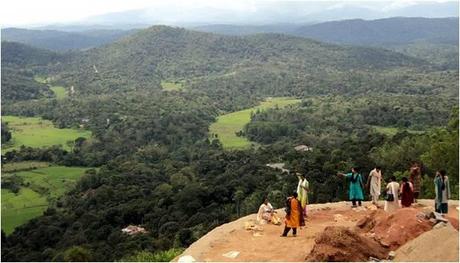 Trekking is one of the most popular forms of sport in Coorg. Coorg has extremely rugged land area thus making it a hotspot for trekkers who could trek to many summits and pave their way through dense jungles. Trekking is also a very dangerous sport hence it is highly recommended that you have done all your preparations well. The winters could bring the temperatures near the peak to freezing points hence it is advisable that you are well equipped, summers could also lead to heat strokes.
Trekking is one of the most popular forms of sport in Coorg. Coorg has extremely rugged land area thus making it a hotspot for trekkers who could trek to many summits and pave their way through dense jungles. Trekking is also a very dangerous sport hence it is highly recommended that you have done all your preparations well. The winters could bring the temperatures near the peak to freezing points hence it is advisable that you are well equipped, summers could also lead to heat strokes.
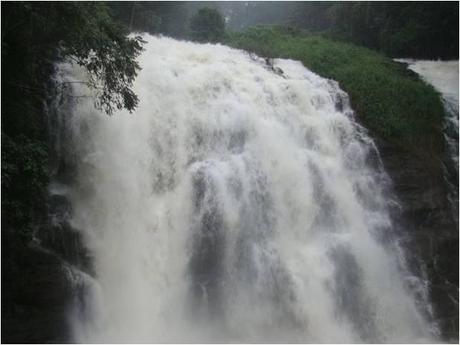 Abbi waterfall located inside one of the private Coffee plantations is also one of the most visited tourist places in Coorg. It is not one of the most beautiful places in Coorg but you could give it a shot and see how it goes for you.
Abbi waterfall located inside one of the private Coffee plantations is also one of the most visited tourist places in Coorg. It is not one of the most beautiful places in Coorg but you could give it a shot and see how it goes for you.
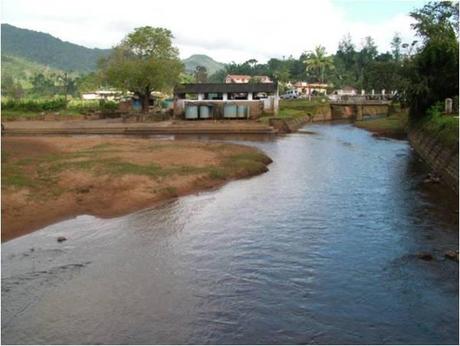 Bhagamandala and Talakaveri are places of great importance for the Coorgi’s. Bhagamandala literally translates to ‘the meeting point of 3 small rivers which gives birth to River Kaveri.
Bhagamandala and Talakaveri are places of great importance for the Coorgi’s. Bhagamandala literally translates to ‘the meeting point of 3 small rivers which gives birth to River Kaveri.
The Medikere Fort also attracts many tourists. Once made out of mud it was rebuilt by Tipu Sultan who used stone to construct the structure.
 The largest Tibetan settlement of Bylakuppe is located near Kushalnagar. There are numerous places to visit and see in Bylakuppe. Tibetan monasteries of great importance like Sera Je, Sera Mey and Namdroling Monastery are also located here. You could visit the monasteries and experience a totally difficult culture and witness the gold statues of Buddha which reflects the rich cultural heritage of Tibetans and earn yourself some good karma and peace of mind.
The largest Tibetan settlement of Bylakuppe is located near Kushalnagar. There are numerous places to visit and see in Bylakuppe. Tibetan monasteries of great importance like Sera Je, Sera Mey and Namdroling Monastery are also located here. You could visit the monasteries and experience a totally difficult culture and witness the gold statues of Buddha which reflects the rich cultural heritage of Tibetans and earn yourself some good karma and peace of mind.
If fishing is your forte you could visit the Valnur Fishing Camp and experience the joy of angling for the grand Masheers. Make sure you have received a permit for fishing from the Coorg wildlife Society. Valnur is also a delight for bird watchers and bird aficionado.
Weather
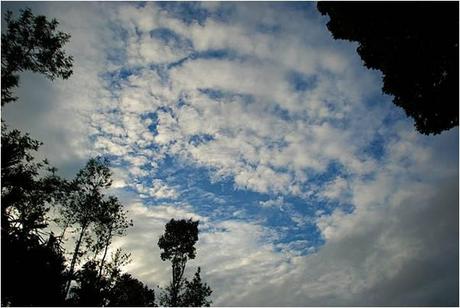 The best time to visit Coorg is in the between the months of September and March. The moderate temprarture of Coorg makes it a tourist hotspot for people from all around the world all year round. The winter time in Coorg could be a little chilly but it is still quite pleasant. The summer time heat makes it a welcoming place for tourists.
The best time to visit Coorg is in the between the months of September and March. The moderate temprarture of Coorg makes it a tourist hotspot for people from all around the world all year round. The winter time in Coorg could be a little chilly but it is still quite pleasant. The summer time heat makes it a welcoming place for tourists.
 Monsoons make Coorg a scenic wonder since the greenery is at its peak and the waterfalls across the town are vivacious. Dress according to the season when you plan to visit, pack light cotton clothes for summer and some woollens for the winter.
Monsoons make Coorg a scenic wonder since the greenery is at its peak and the waterfalls across the town are vivacious. Dress according to the season when you plan to visit, pack light cotton clothes for summer and some woollens for the winter.
Why Coorg
 Blessed with cosmic stretches of mountains, abundant tropical forests and the greenery of the trees, the small hamlets scattered across the mountains and the sweet smell lingering from the coffee and cardamom plantations makes Coorg one the most opted vacation getaway across India. If you are looking to get away from the stressful life of the city and get some fresh air, experience the lush foliage and relax in one the most peaceful places then Coorg is the right place to sit back and relax and enjoy the joy of being amidst nature.
Blessed with cosmic stretches of mountains, abundant tropical forests and the greenery of the trees, the small hamlets scattered across the mountains and the sweet smell lingering from the coffee and cardamom plantations makes Coorg one the most opted vacation getaway across India. If you are looking to get away from the stressful life of the city and get some fresh air, experience the lush foliage and relax in one the most peaceful places then Coorg is the right place to sit back and relax and enjoy the joy of being amidst nature.
Getting to Coorg
 The nearest airport to Coorg is Mangalore which is nearly 136 kms away. You could also head to Coorg directly from Bangalore airport which is 260 kms away. The nearest railway station to Coorg is Mysore and Mangalore which approximately the same distance away. There are buses from major cities across Karnataka to Madikere which is the closest bus stop to Coorg.
The nearest airport to Coorg is Mangalore which is nearly 136 kms away. You could also head to Coorg directly from Bangalore airport which is 260 kms away. The nearest railway station to Coorg is Mysore and Mangalore which approximately the same distance away. There are buses from major cities across Karnataka to Madikere which is the closest bus stop to Coorg.
If you want to be notified next time, subscribe to the RSS feed or say hello via Twitter @theotherhome. You can plan your dream holiday with us, visitThe Other Home.
(Photo Courtesy: Kislaya Dube, Anuj Kumar and Nayyar Azam)

